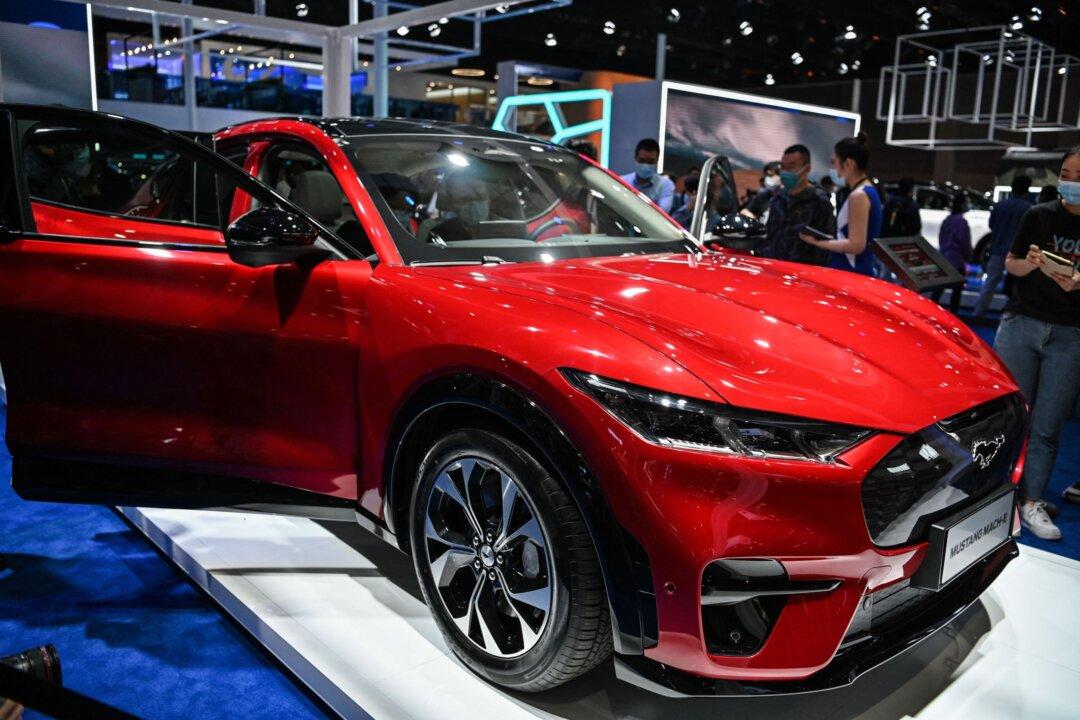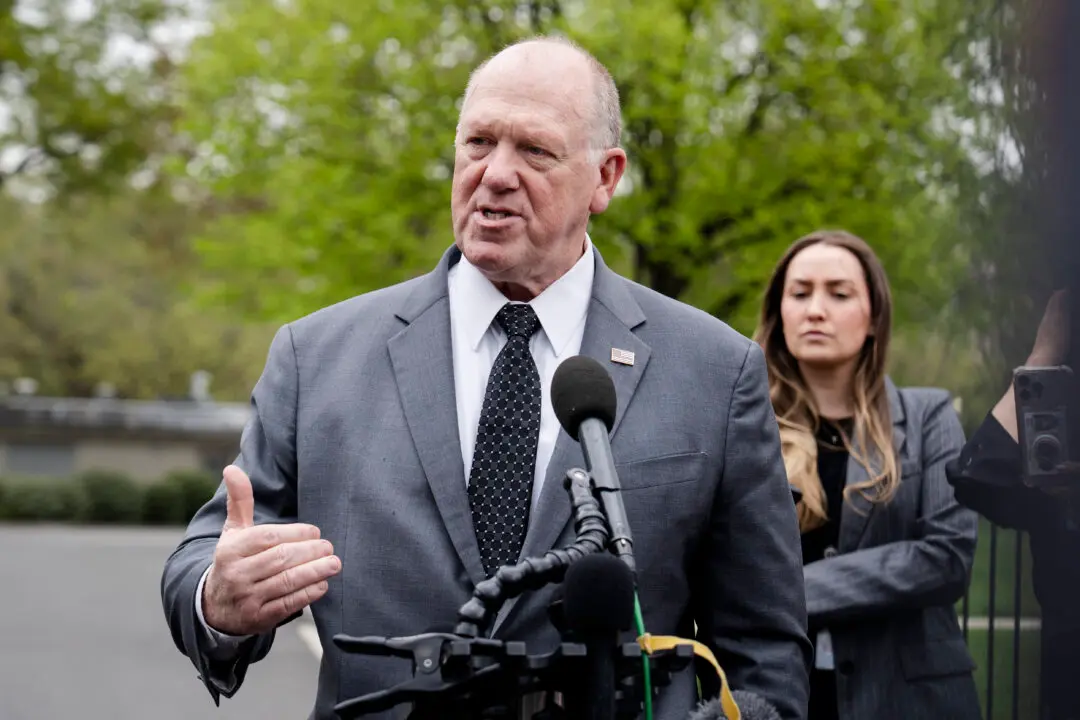Ford’s electric vehicle segment continued its losing streak in the first quarter of 2024, netting a loss of more than $1.3 billion while its gas cars reported a profit.
Ford reports its earnings from three segments—Ford Model e, which covers the company’s electric vehicles (EVs); Ford Blue, which relates to the firm’s gas and hybrid vehicles; and Ford Pro, which deals with the commercial segment. On Wednesday, Ford revealed that its Model e segment registered $1.32 billion in losses for the first quarter of 2024.





